Are you torn between the charm of traditional interiors and the sleek appeal of modern design? Well, worry no more! Transitional design might just be the solution you’ve been looking for. It combines the best of both worlds—classic, time-honored elements with contemporary, fresh touches. The result? A balanced and inviting space that feels both timeless and new.
In this guide, we’ll walk you through how to create a home that effortlessly blends traditional elegance with modern flair. From selecting the right furniture to mastering color schemes, we’ve got all the tips and tricks you need to bring this harmonious style to life!
This post contains carefully selected links to products we love. If you choose to purchase through them, we may earn a small commission at no extra cost to you.
What Is Transitional Design?
Transitional design is the fusion of traditional and modern aesthetics. Think of it as a bridge between the past and the present, where familiar, cozy elements of classic design meet the clean lines and bold statements of modern style. The beauty of transitional interiors lies in their ability to create spaces that feel fresh yet welcoming, sophisticated but not stuffy.
Unlike contemporary or modern designs, which often focus on minimalism and stark, industrial elements, transitional design embraces warmth and comfort, making it perfect for those who want a stylish yet functional home.
1. Start with a Neutral Base

The foundation of a transitional design is a neutral color palette. Think warm beige, soft grays, creams, and whites. These tones create a serene and timeless background that allows both traditional and modern elements to shine. Whether you’re painting the walls or selecting furniture, opt for shades that are easy on the eyes and won’t overwhelm the space.
Pro Tip: Use contrasting shades of neutrals—like pairing light gray walls with darker gray furniture—to add depth and dimension to your room without straying from the transitional aesthetic.
👉 Check out these neutral-toned paint options to get started!
2. Mix Traditional Furniture with Modern Accents
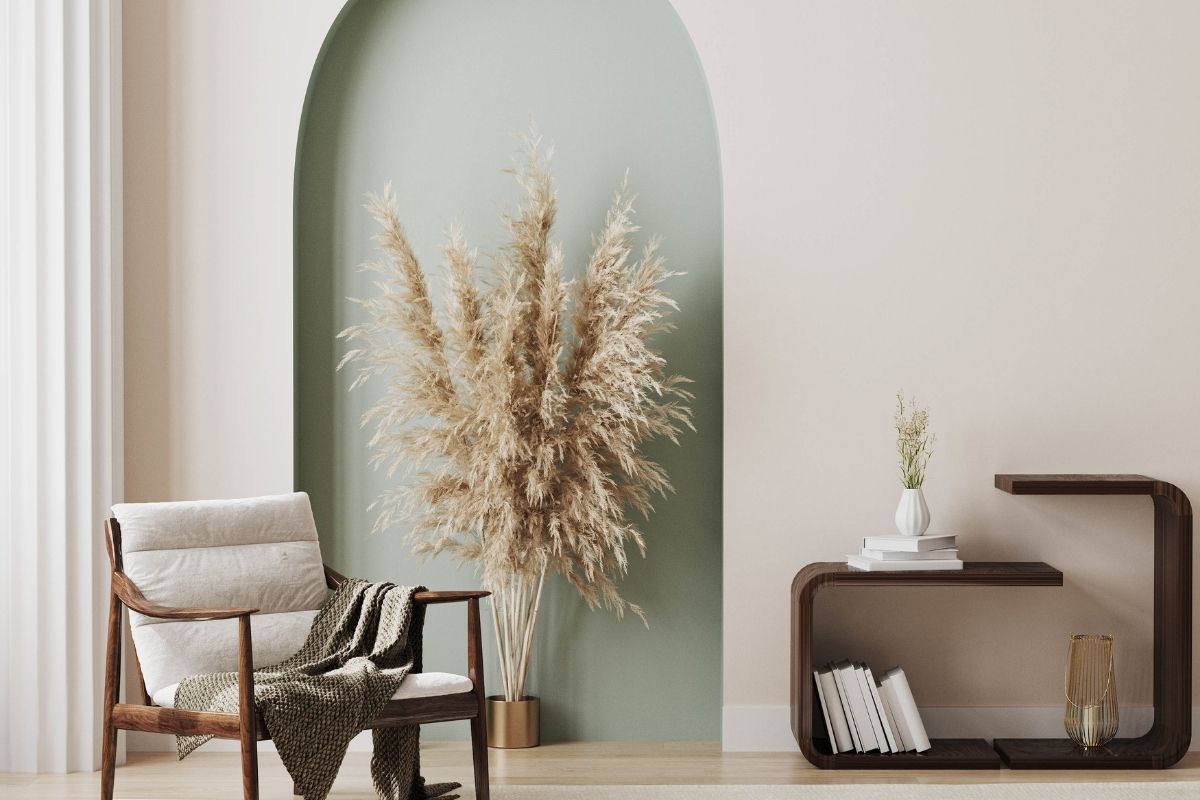
In a transitional space, blending traditional and modern furniture is key. You can keep your furniture classic, such as a wooden dining table or tufted armchairs, and introduce modern touches through accessories like sleek lamps, abstract art, or minimalist coffee tables.
When selecting furniture, aim for pieces that have traditional shapes but with a contemporary twist—like a classic wingback chair with clean lines or a Chesterfield sofa in a modern fabric like velvet.
Pro Tip: Balance the heaviness of traditional furniture with lighter, more minimalist pieces to create a visually pleasing contrast.
👉 Explore modern furniture pieces with a transitional flair!
3. Keep it Simple with Subtle Patterns
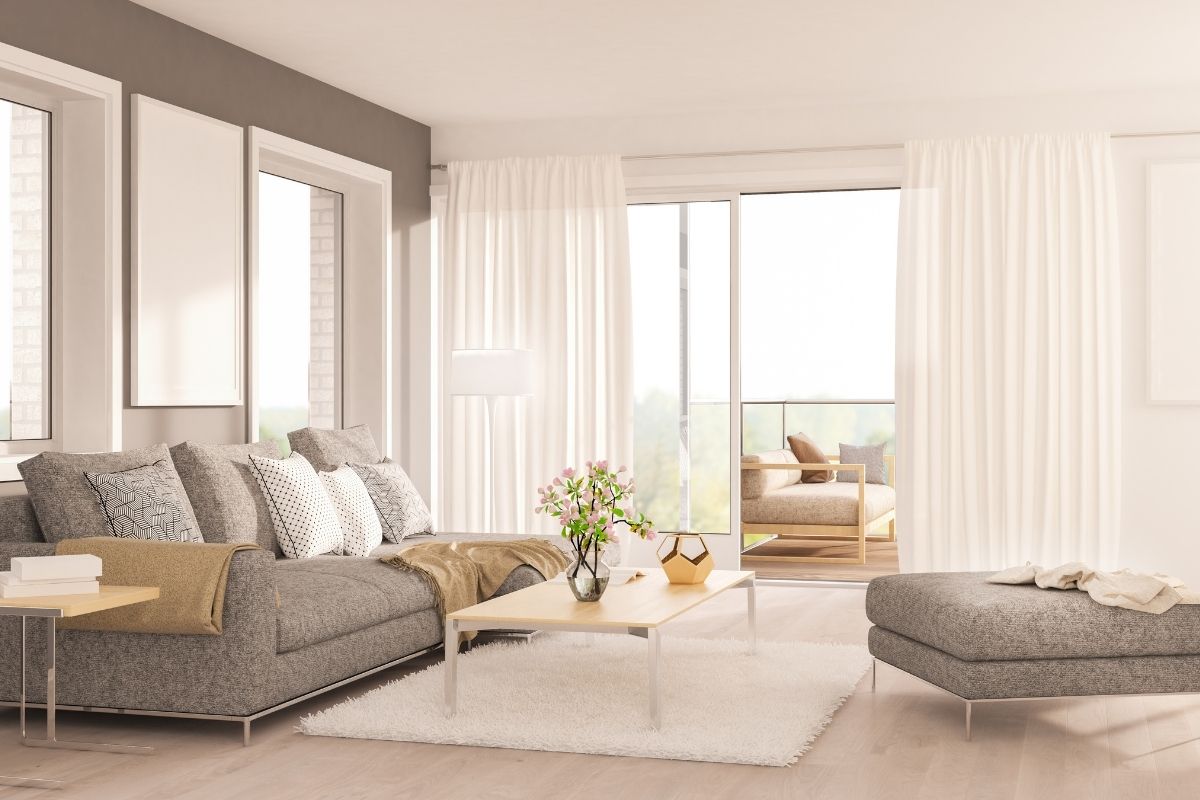
In transitional design, less is often more when it comes to patterns. You don’t need bold, geometric prints or heavy florals. Instead, opt for subtle patterns—think striped cushions, damask rugs, or soft-checkered curtains.
These understated designs allow your traditional furniture and modern accents to stand out without clashing. Stripes, plaids, and florals in muted tones are excellent choices for pillows, throws, and upholstery.
Pro Tip: If you want to add some personality, introduce small doses of pattern, like a patterned rug or a statement chair, but keep the rest of the room simple.
4. Blend Materials: Wood Meets Metal
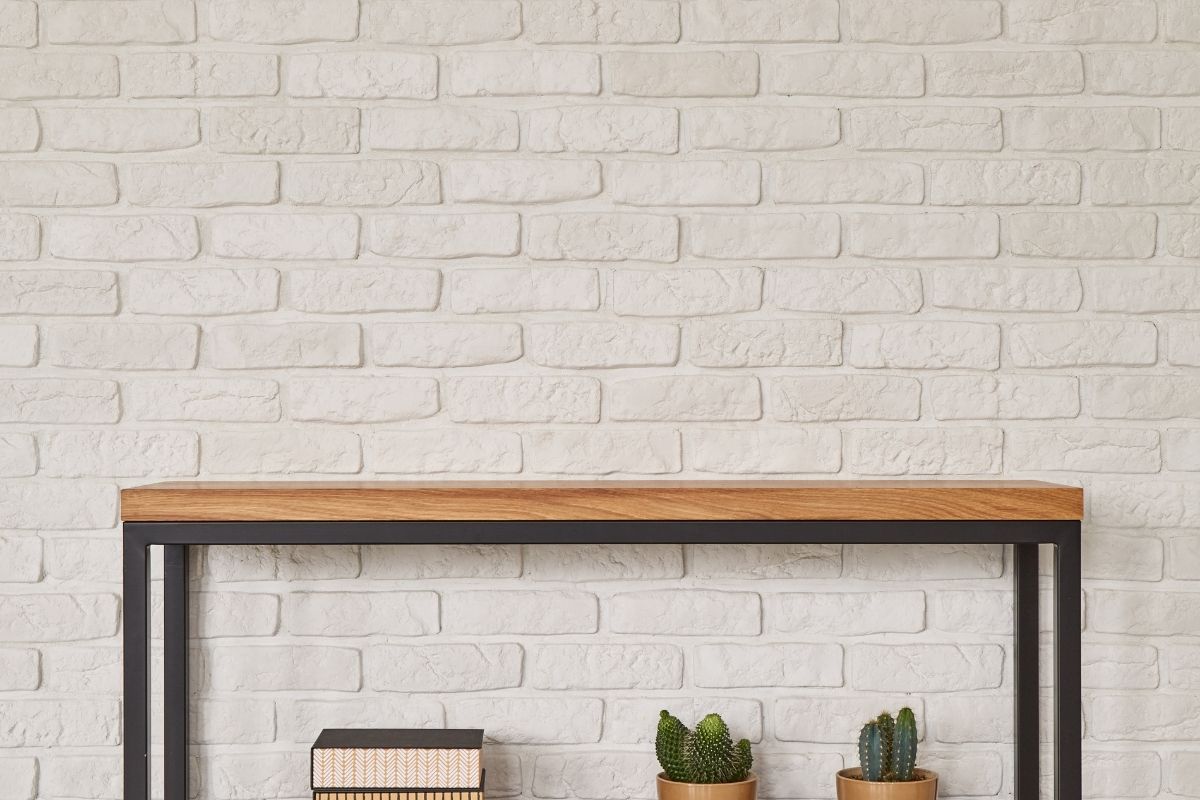
One of the defining features of transitional design is its use of mixed materials. The natural warmth of wood can be paired with the cool, industrial edge of metal. Think of a wooden dining table with a sleek metal base, or a traditional wooden bookshelf with modern metal bookends. The juxtaposition of these two materials creates a balanced, dynamic look.
Pro Tip: Stick to a cohesive color palette for your materials—like brushed nickel with light wood or matte black with dark mahogany—so the mix doesn’t feel too jarring.
👉 Discover transitional furniture pieces that combine wood and metal!
5. Introduce Modern Lighting Fixtures
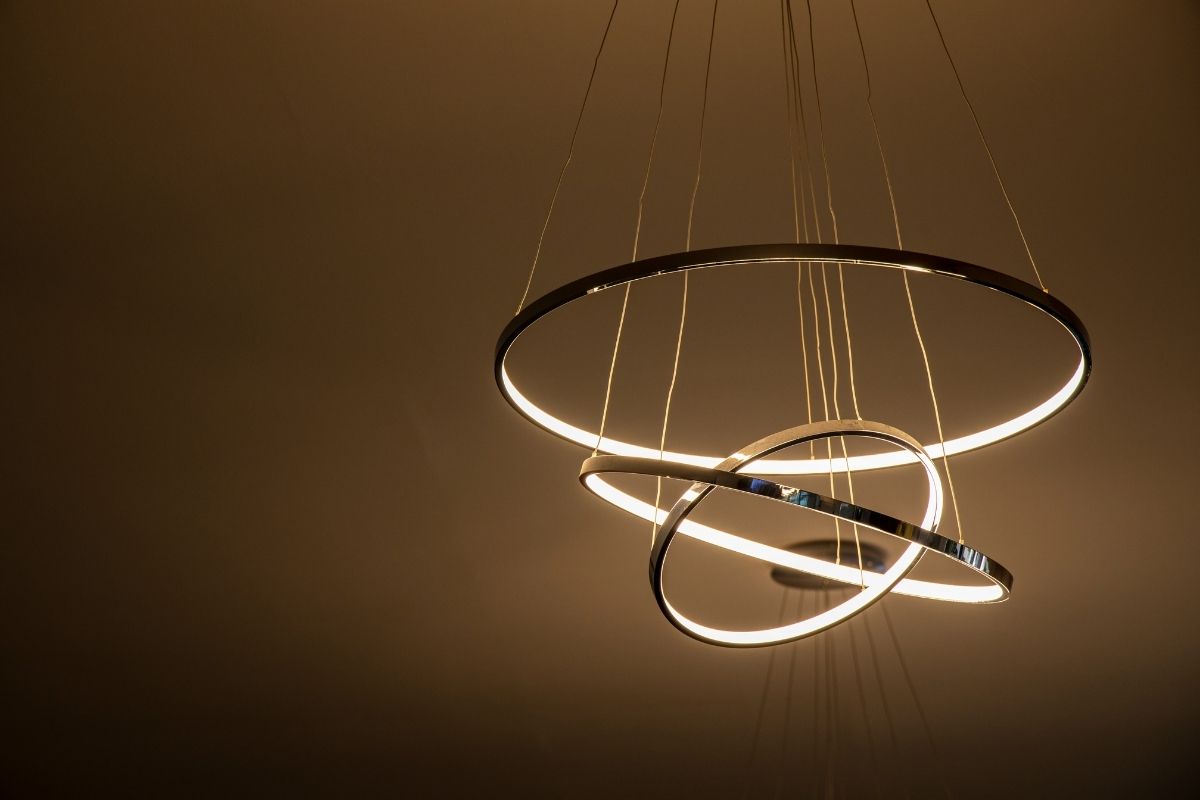
Lighting is a game-changer in any design, but in transitional spaces, it’s all about balance. Traditional chandeliers, sconces, and pendant lights can be updated with modern finishes and clean lines to create a look that feels fresh without losing its timeless charm.
Consider fixtures with elegant but understated designs—like a crystal chandelier paired with a sleek metal frame or a pendant light with a vintage bulb and modern silhouette.
Pro Tip: Layer your lighting by incorporating ambient, task, and accent lighting. This will help create a cozy, welcoming atmosphere while still highlighting modern design elements.
👉 Browse chic lighting options for your transitional space!
6. Use Art to Bridge the Gap

Art plays a huge role in transitional design, adding personality and a focal point to your space. To maintain the balance between traditional and modern, select artwork that blends both styles—maybe a classic oil painting with a contemporary frame, or a vintage photograph alongside a modern abstract piece.
Pro Tip: Keep the artwork minimal, with fewer large pieces, to avoid overcrowding the space. Choose art that complements the color scheme and atmosphere you’re going for.
👉 Check out beautiful transitional art pieces here!
7. Incorporate Soft, Luxurious Fabrics
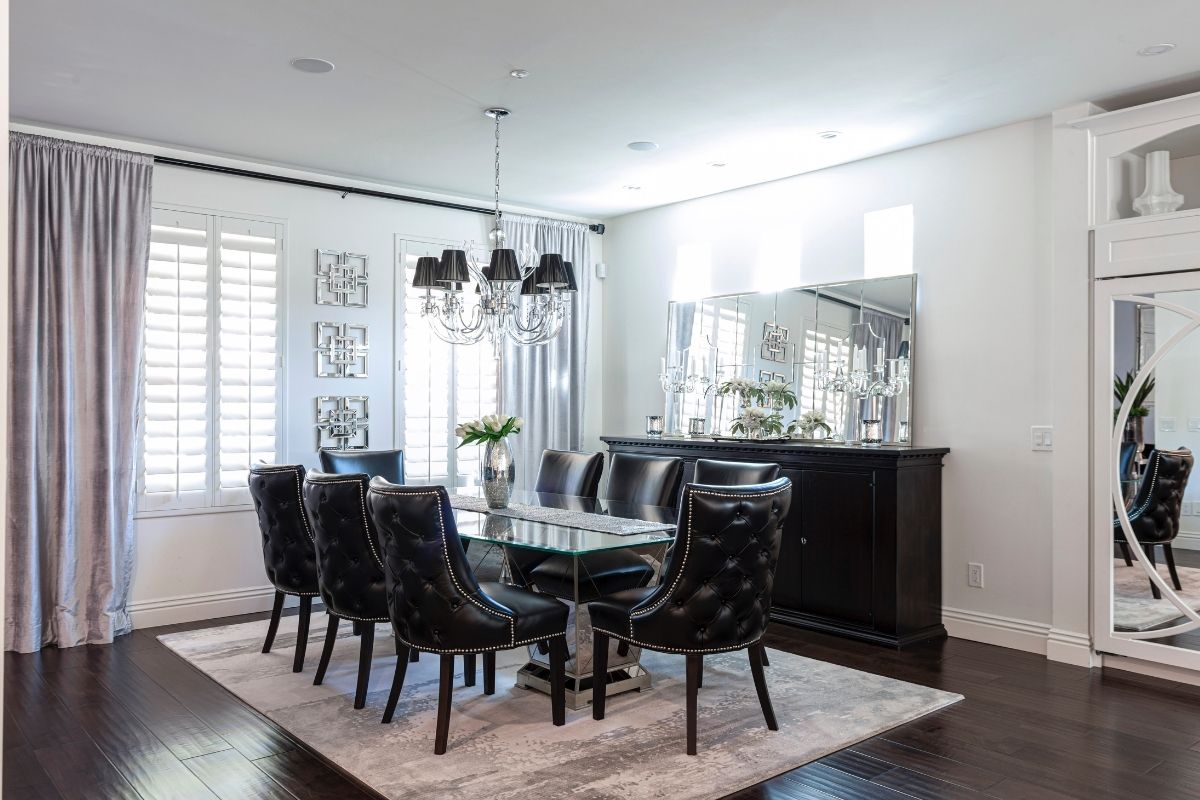
The right fabrics can make a world of difference in achieving a transitional design. Choose luxurious yet understated materials such as velvet, linen, and wool. These textures add depth and warmth, making your home feel both comfortable and elegant.
Consider velvet throw pillows or linen curtains, or even a wool area rug that adds comfort without being too bold. The key is to choose fabrics that have both traditional and modern appeal.
Pro Tip: Mixing textures is a great way to introduce variety without overloading on patterns. A wool rug with velvet cushions and linen curtains can create a beautifully tactile, layered feel.
👉 Shop luxurious fabrics for your home here!
8. Embrace Timeless Decor Accessories
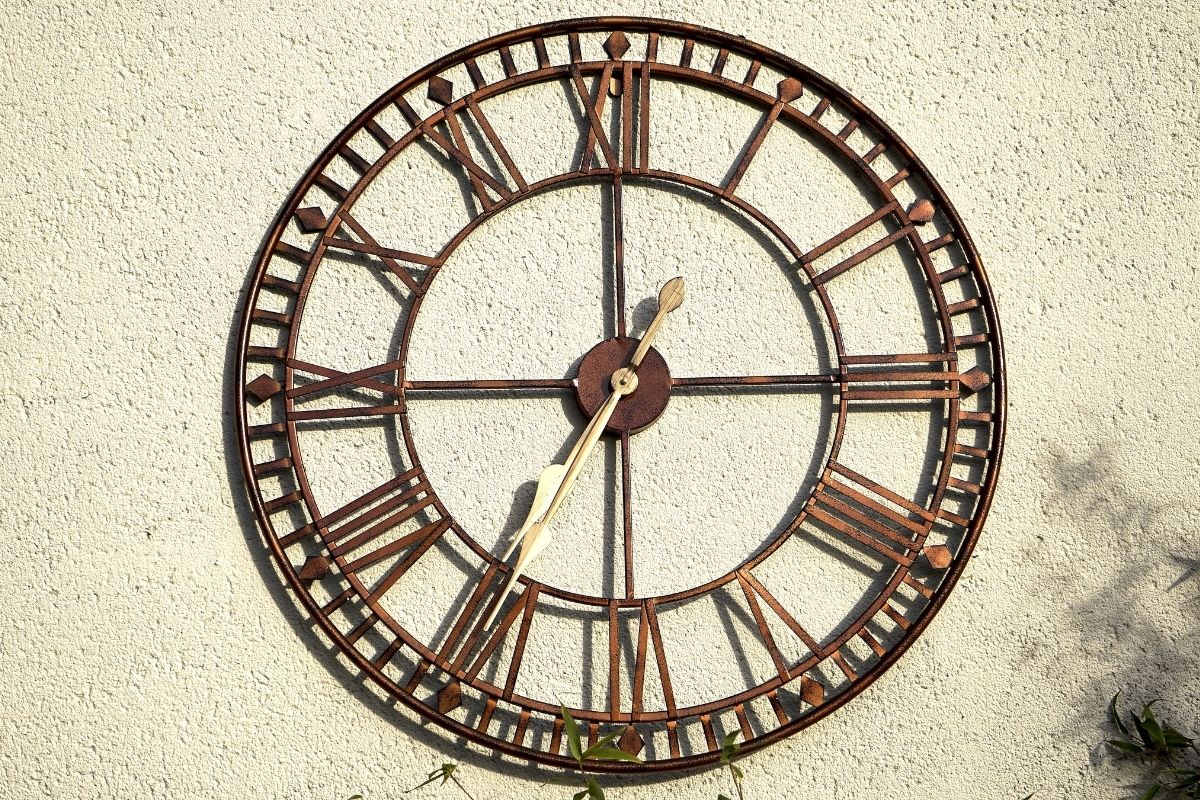
Transitional design is all about creating a space that feels both familiar and fresh, which is where accessories come into play. Look for decor pieces that have classic appeal but with a modern edge. Think antique mirrors with clean lines, or vintage-style clocks that have a sleek, contemporary frame.
You can also add some modern art prints, minimalist sculptures, or even a traditional vase filled with fresh flowers. The goal is to maintain an effortless flow of old and new.
Pro Tip: Don’t go overboard with accessories. Keep it simple, and let a few well-placed pieces do the talking.
👉 Explore timeless decor pieces here!
9. Keep Your Space Functional
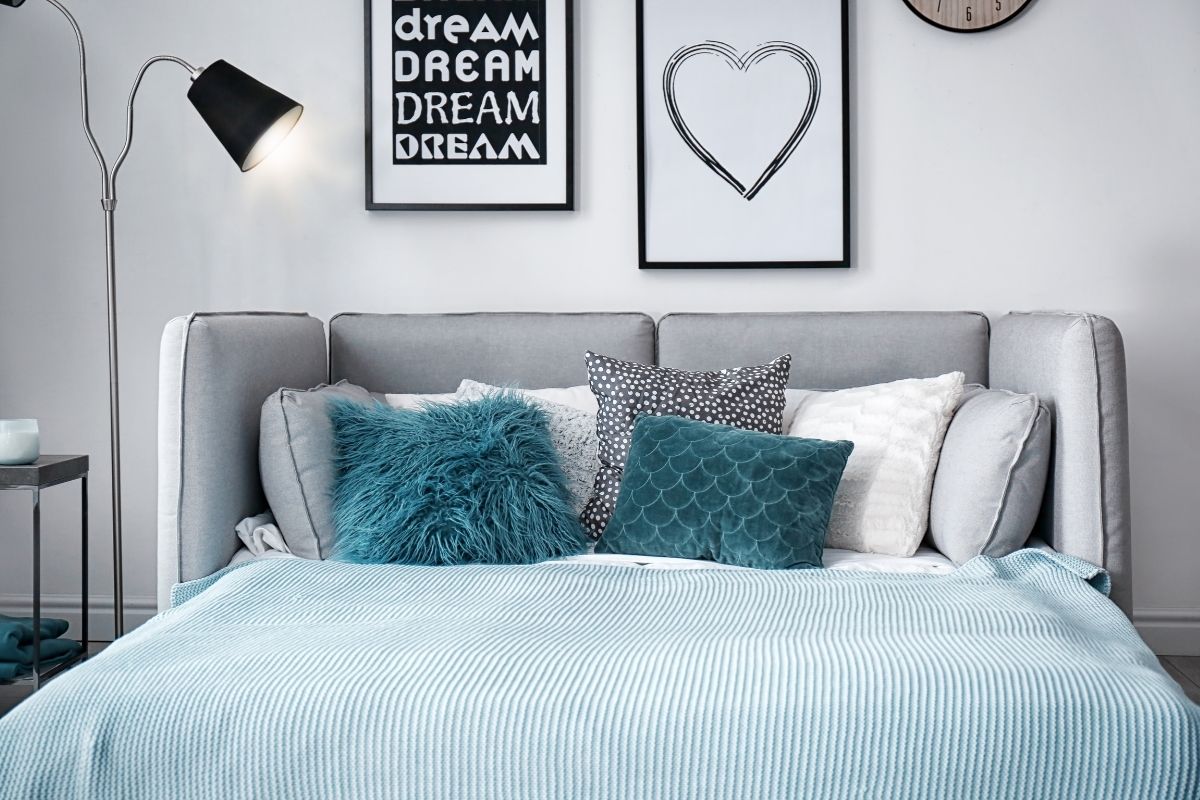
Functionality is one of the most important aspects of transitional design. While it’s tempting to focus on aesthetics, remember that your space needs to be practical for daily living. Incorporate multi-functional furniture pieces, such as a sofa bed or a storage ottoman, and keep your layout open and inviting.
In a transitional space, it’s about having beautiful design that doesn’t compromise on comfort or usability. Everything from the furniture to the accessories should serve a purpose.
Pro Tip: Choose pieces that work hard for your home, whether it’s a modern coffee table with hidden storage or a classic armchair that doubles as a reading nook.
👉 Find functional, stylish furniture here!
10. Create Layers with Rugs and Textiles
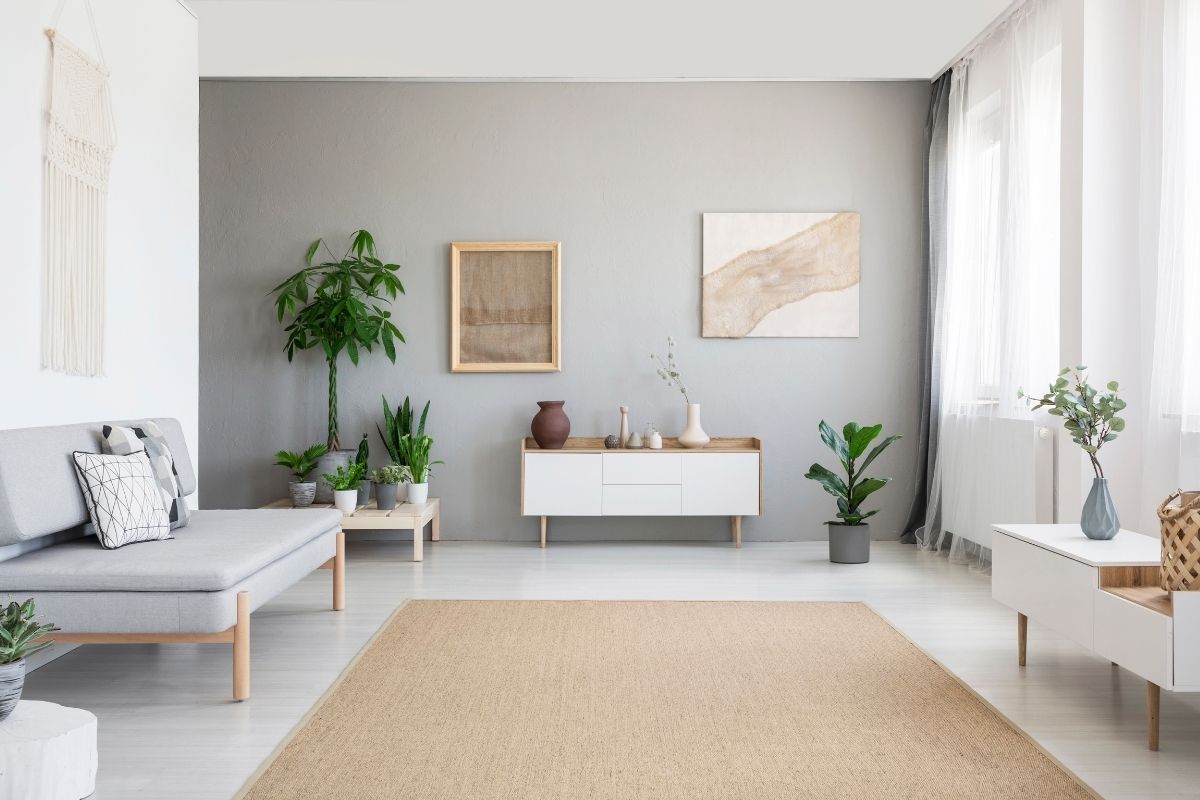
Rugs are a key element in transitional design, helping to anchor the room while adding warmth and texture. To maintain balance, layer rugs in subtle patterns or textures. A traditional Persian rug with modern neutral accents or a contemporary rug with a classic border can tie the room together.
Pro Tip: Layering rugs is a great way to combine modern and traditional elements in your space. Try placing a sleek modern rug on top of a traditional area rug to create a layered effect that brings warmth and depth to your floor.
👉 Check out stunning transitional rugs that blend old and new styles here!
11. Don’t Forget About Architectural Details
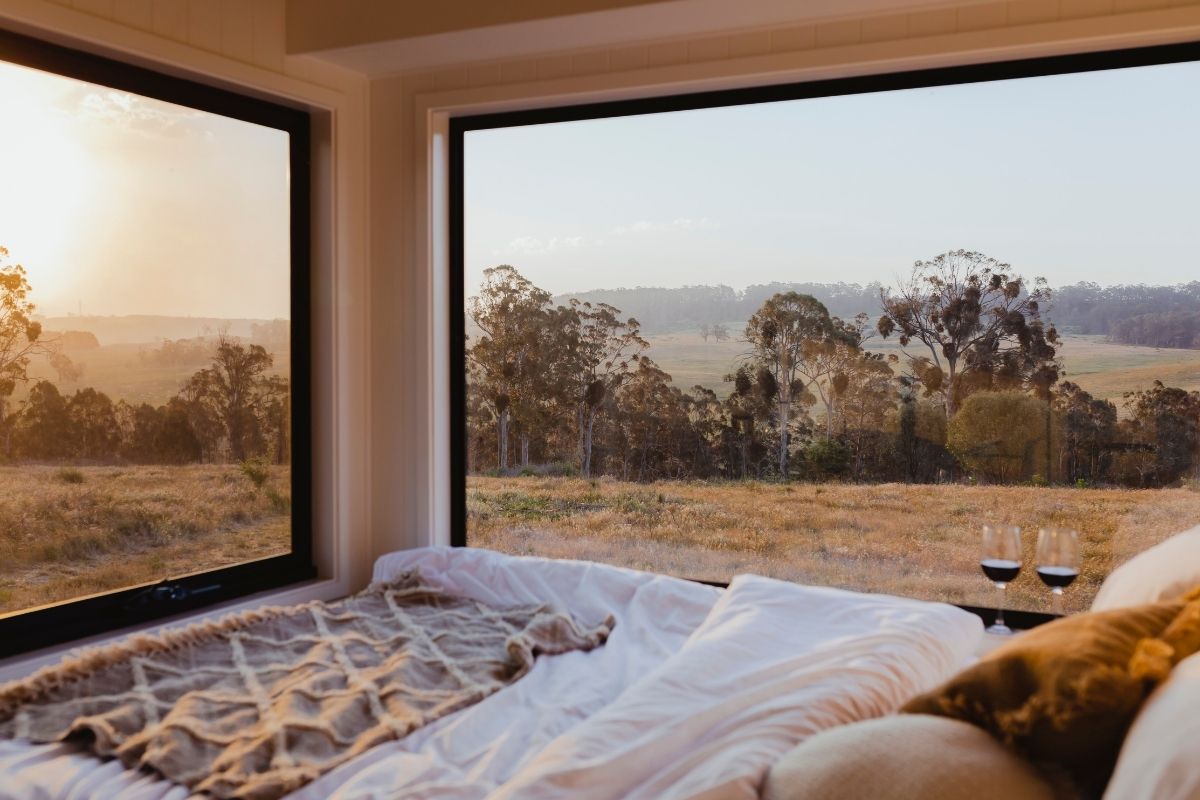
Transitional design isn’t only about furniture and decor—it also involves paying attention to architectural details. Crown molding, wainscoting, and baseboards can add a traditional touch, while more modern finishes like minimalistic doors or sleek window treatments keep the design fresh.
For example, you might choose traditional molding in a soft white or cream color and pair it with large windows or floor-to-ceiling glass doors to let in natural light, making the space feel airy and contemporary.
Pro Tip: Incorporating clean, simple lines in your architectural features ensures that the space feels open and modern, without losing the character of traditional elements.
12. Embrace Open Shelving with a Twist
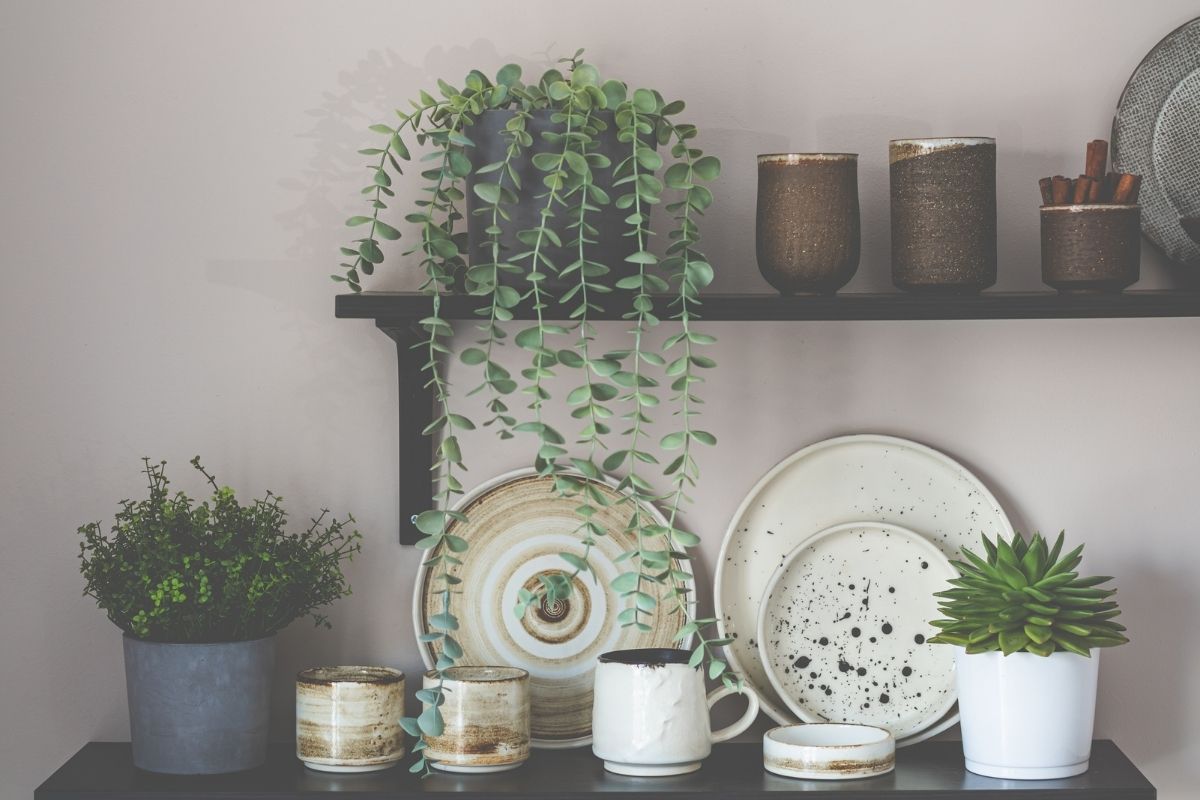
Open shelving is a popular trend in modern design, and it can work wonderfully in transitional spaces. The key is to keep your shelves clutter-free and to style them with a mix of traditional and modern decor. For example, place antique vases alongside modern books or mix rustic wooden crates with sleek metal shelving units.
Pro Tip: Balance functionality with style by adding open shelving in the kitchen, living room, or bathroom. Choose high-quality materials like glass or metal to complement the wooden shelves, making the space feel organized and chic.
👉 Shop stylish shelving units to mix modern and traditional decor here!
13. Focus on Timeless Furniture Pieces
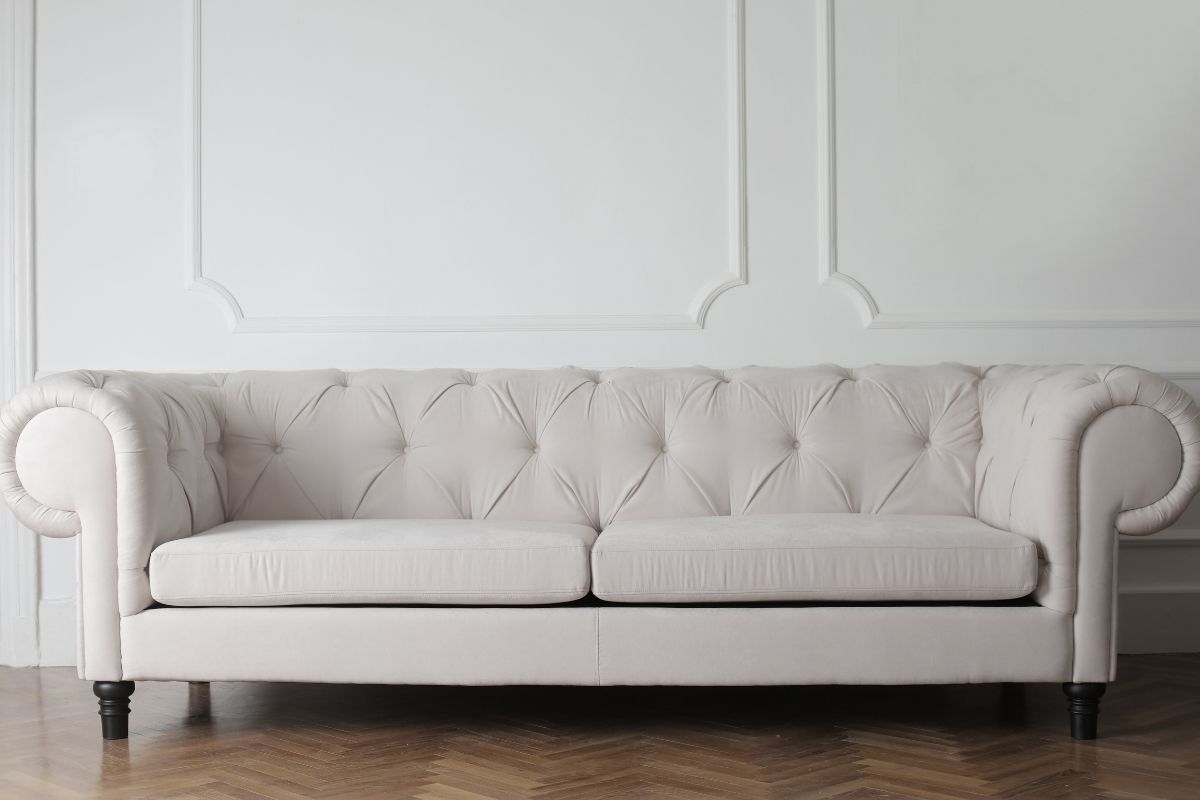
While it’s tempting to follow the latest furniture trends, in transitional design, it’s best to focus on timeless pieces that offer both comfort and longevity. Invest in a few quality, classic items—such as a Chesterfield sofa or an elegant wooden dining table—that will never go out of style, and pair them with more modern accessories.
Pro Tip: When selecting furniture, focus on pieces with clean lines and subtle curves, which can easily be paired with both traditional and modern elements.
👉 Explore timeless furniture options that will last for years!
14. Integrate Technology without Sacrificing Style

One of the challenges of modern design is incorporating technology in a way that doesn’t disrupt the aesthetics of your home. In a transitional design, technology can be seamlessly integrated by opting for sleek, minimalist electronics that blend with the space.
For example, a flat-screen TV can be mounted on the wall, framed in a traditional wooden frame, or placed in a stylish media console with clean lines. Smart home devices like thermostats, lights, and speakers can be hidden in plain sight, adding convenience without taking away from the design.
Pro Tip: Choose tech devices that have neutral colors or slim profiles, ensuring they don’t dominate the design of your space.
👉 Find stylish home tech that complements your decor here!
15. Mix High-End with Budget-Friendly Items
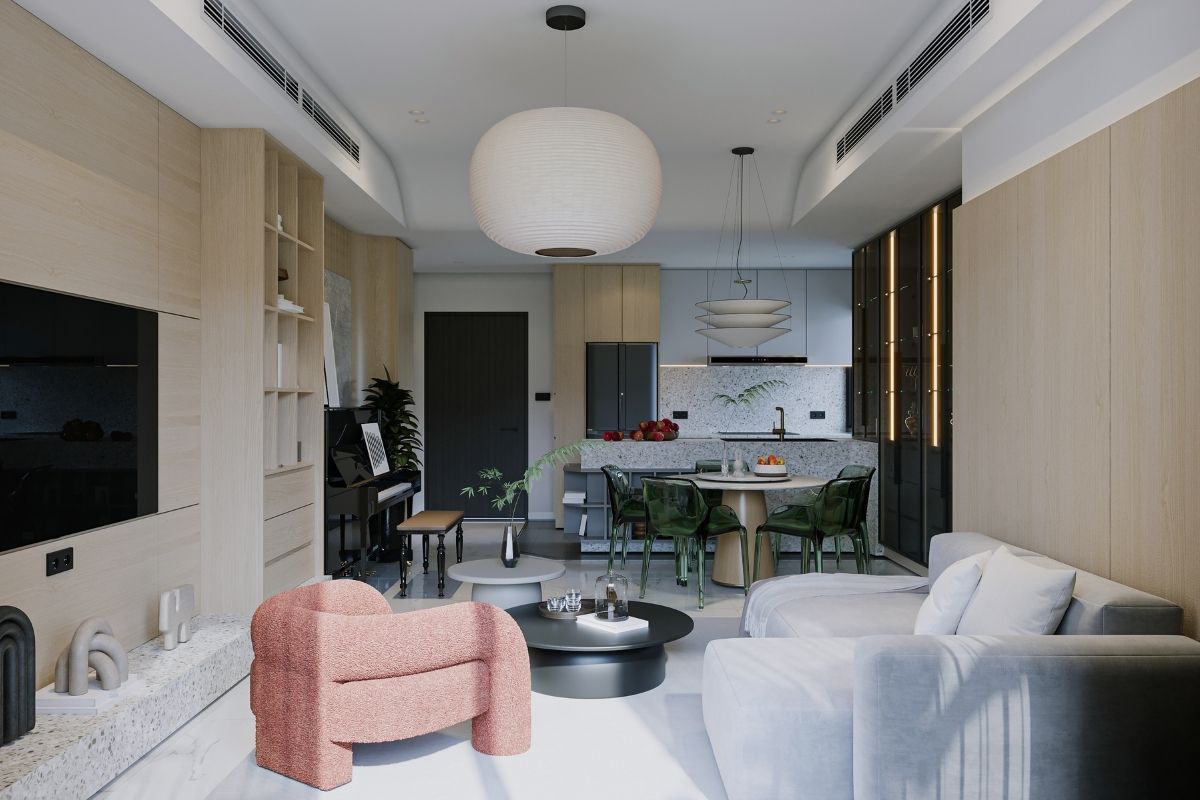
Transitional design is all about balance, and that means you don’t have to break the bank to create a stylish, sophisticated space. Mix high-end, statement pieces with more affordable items to keep your space looking polished yet approachable.
For example, you might invest in a luxury sofa and pair it with budget-friendly throw pillows or a classic wooden coffee table with a budget-friendly rug. This approach makes the space feel curated without going overboard on expenses.
Pro Tip: It’s all about finding the right balance. Choose one or two statement pieces to splurge on and keep the rest affordable but stylish.
16. Consider Your Outdoor Space
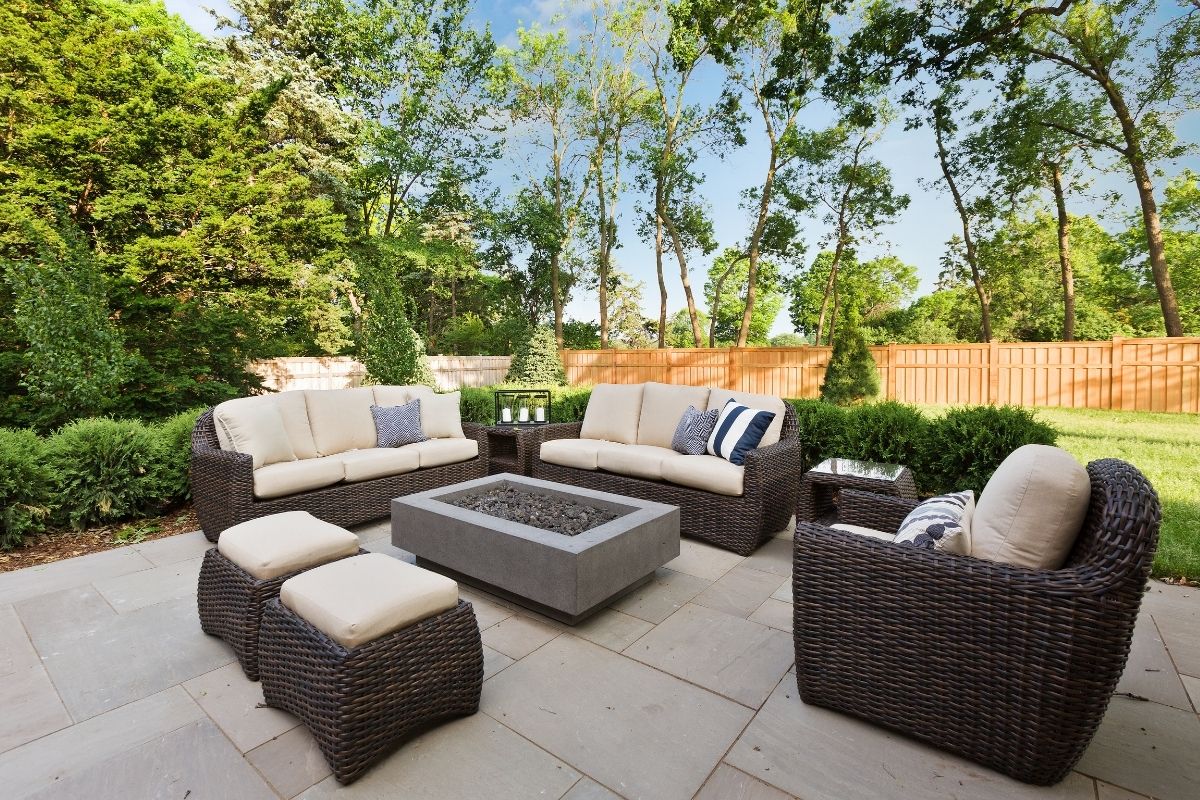
Transitional design doesn’t have to stay confined to the interior of your home. Outdoor spaces can also benefit from this style. Think about creating a cozy, stylish outdoor living room with a traditional wooden deck and modern patio furniture. Add in some traditional lighting elements, like lanterns, alongside more contemporary fixtures to create a balanced, harmonious look.
Pro Tip: Outdoor accessories, like throw pillows and rugs, can help tie your indoor and outdoor spaces together. Choose colors and textures that reflect your indoor design for a seamless transition between the two.
👉 Explore outdoor furniture and accessories to complete your transitional space!
17. Personalize with Family Heirlooms and Sentimental Items
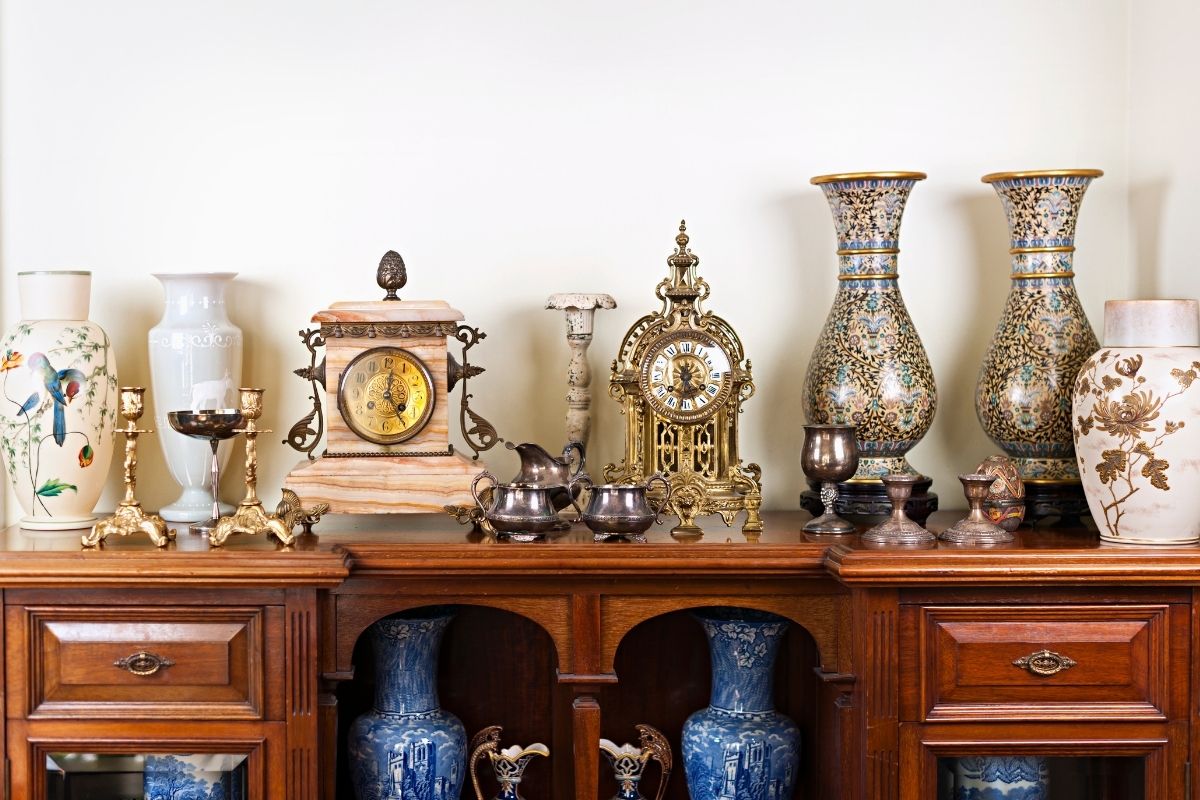
One of the best ways to infuse warmth and personality into a transitional space is by incorporating family heirlooms or sentimental pieces. These items bring an element of history into the room, adding a sense of comfort and nostalgia. For example, an antique clock or an old painting can serve as a focal point when paired with modern, minimalist furniture.
Pro Tip: When displaying sentimental items, keep them in a place of prominence, but ensure they’re balanced with the other decor. This creates a cohesive and thoughtfully curated space.
Wrapping It Up
Transitional design offers a world of possibilities for creating a timeless, stylish, and functional home. Whether you’re mixing classic furniture with modern accents or layering textures and colors for visual interest, this approach allows you to design a space that feels both familiar and fresh.
Remember, transitional design is all about balance—combining the old with the new in a way that feels cohesive and inviting. By carefully curating your furniture, accessories, and architectural details, you can create a space that suits your personality and lifestyle while still embracing the beauty of both traditional and modern styles.
For more design tips, follow Decormate on Pinterest and stay inspired with our latest posts!